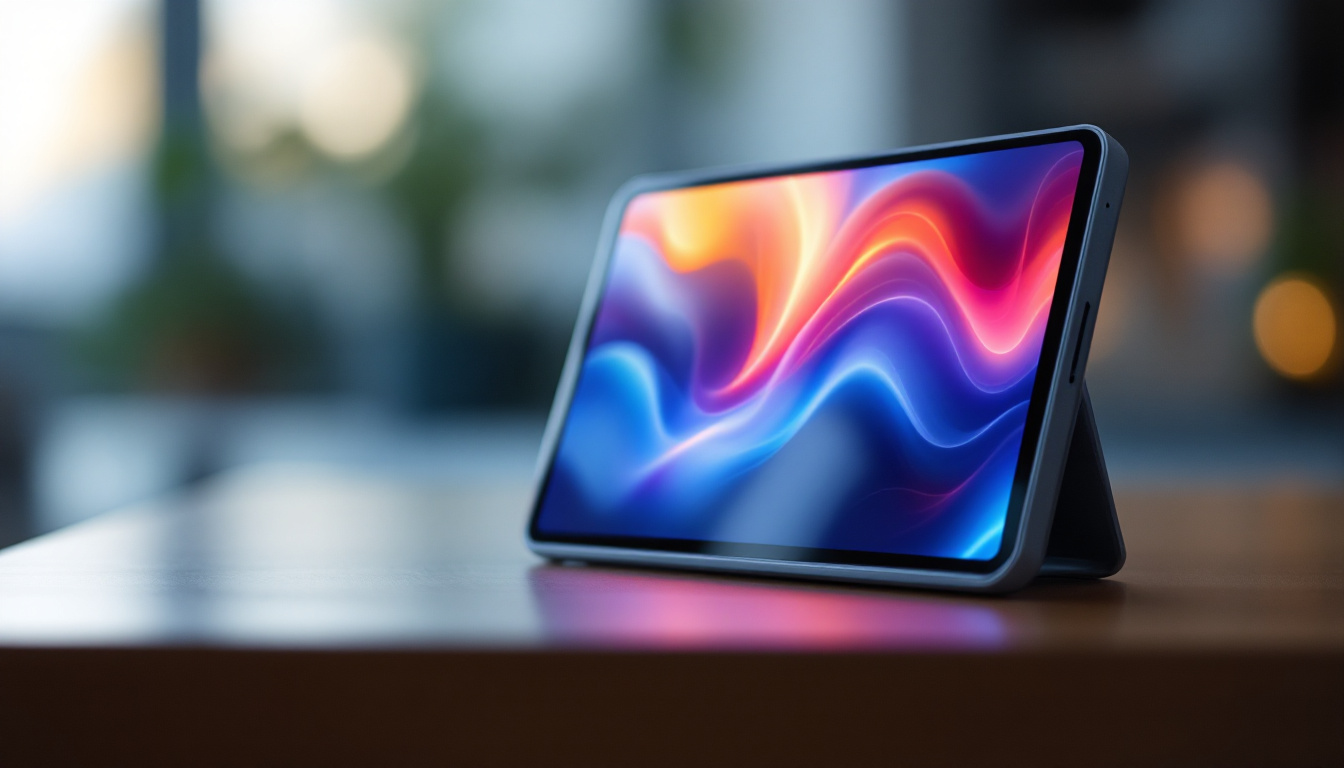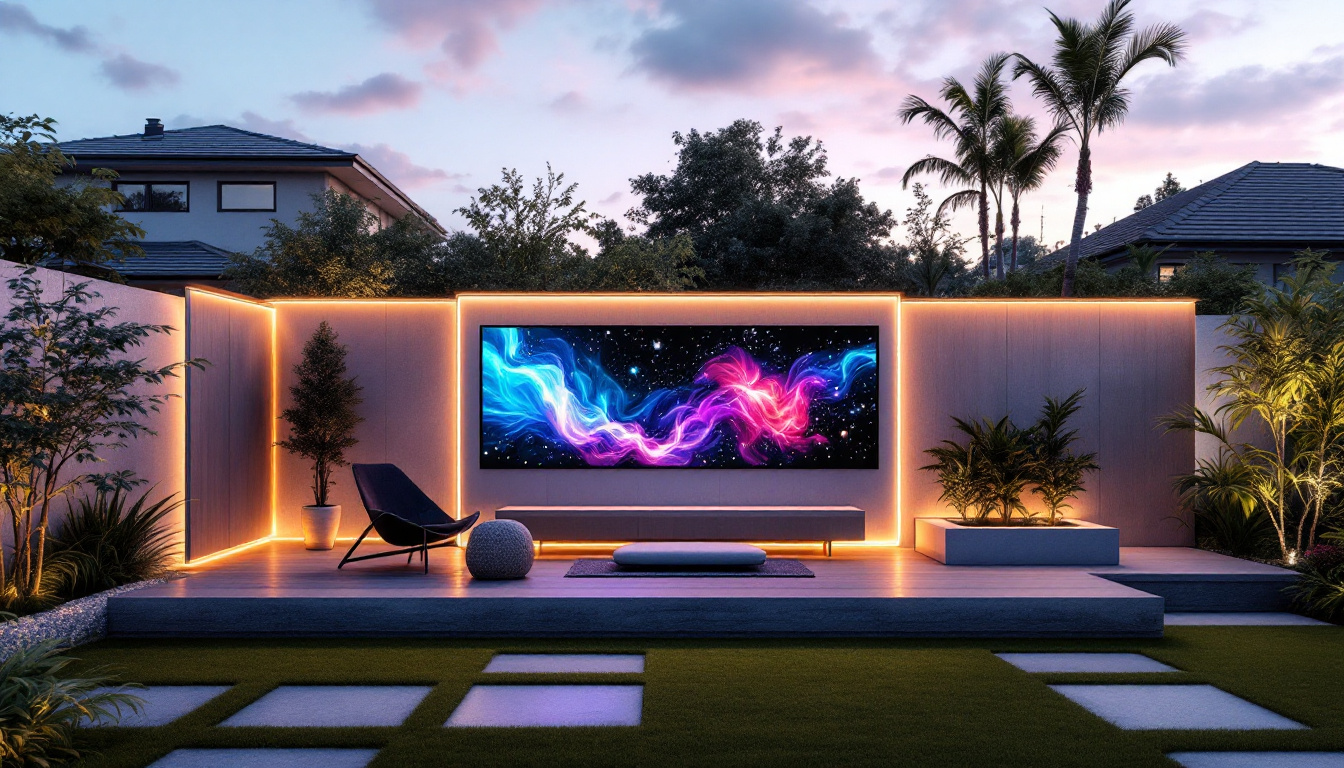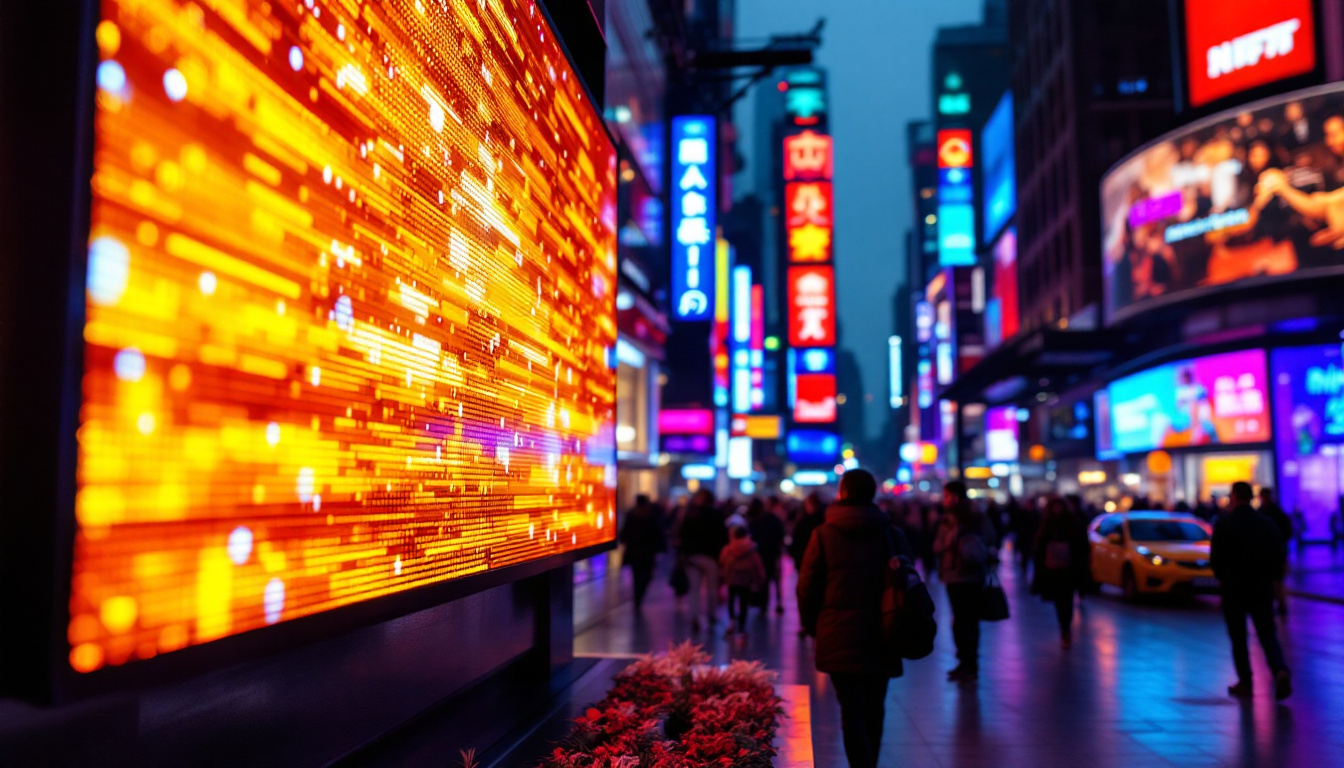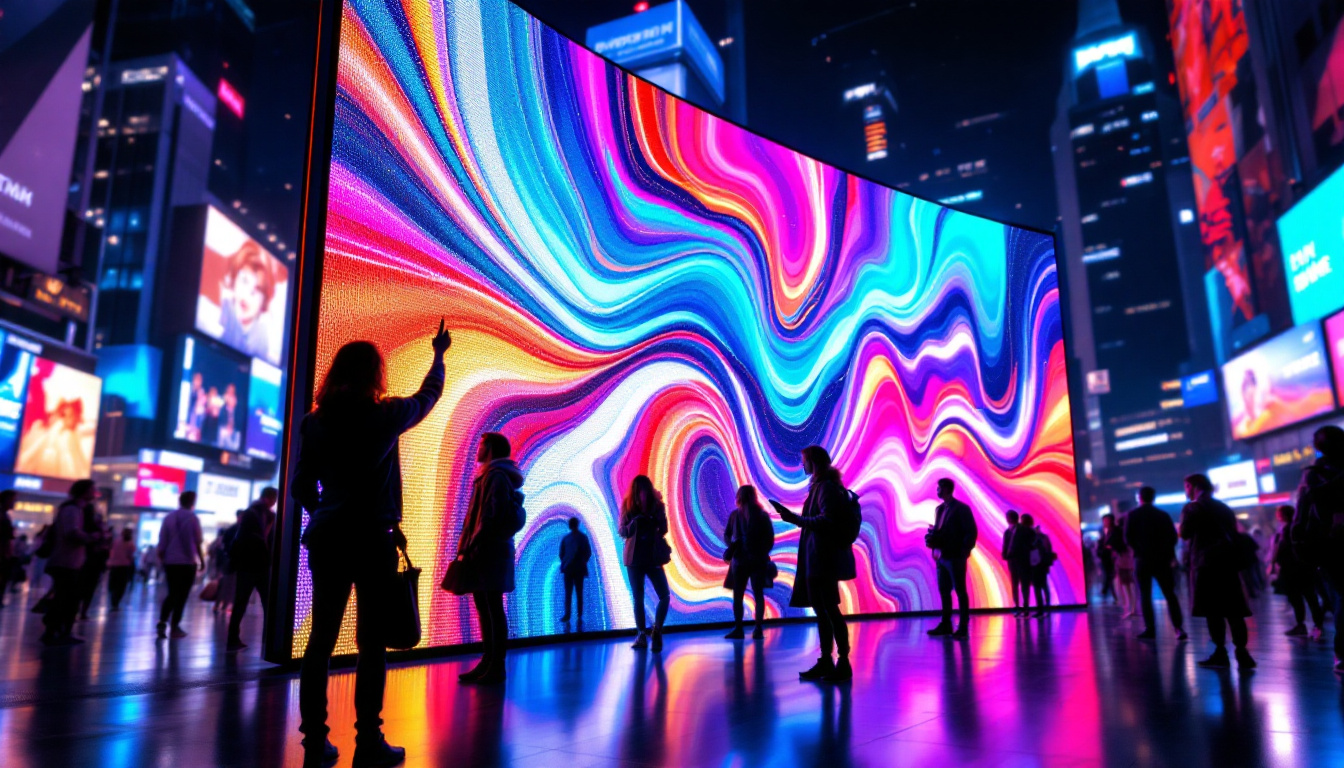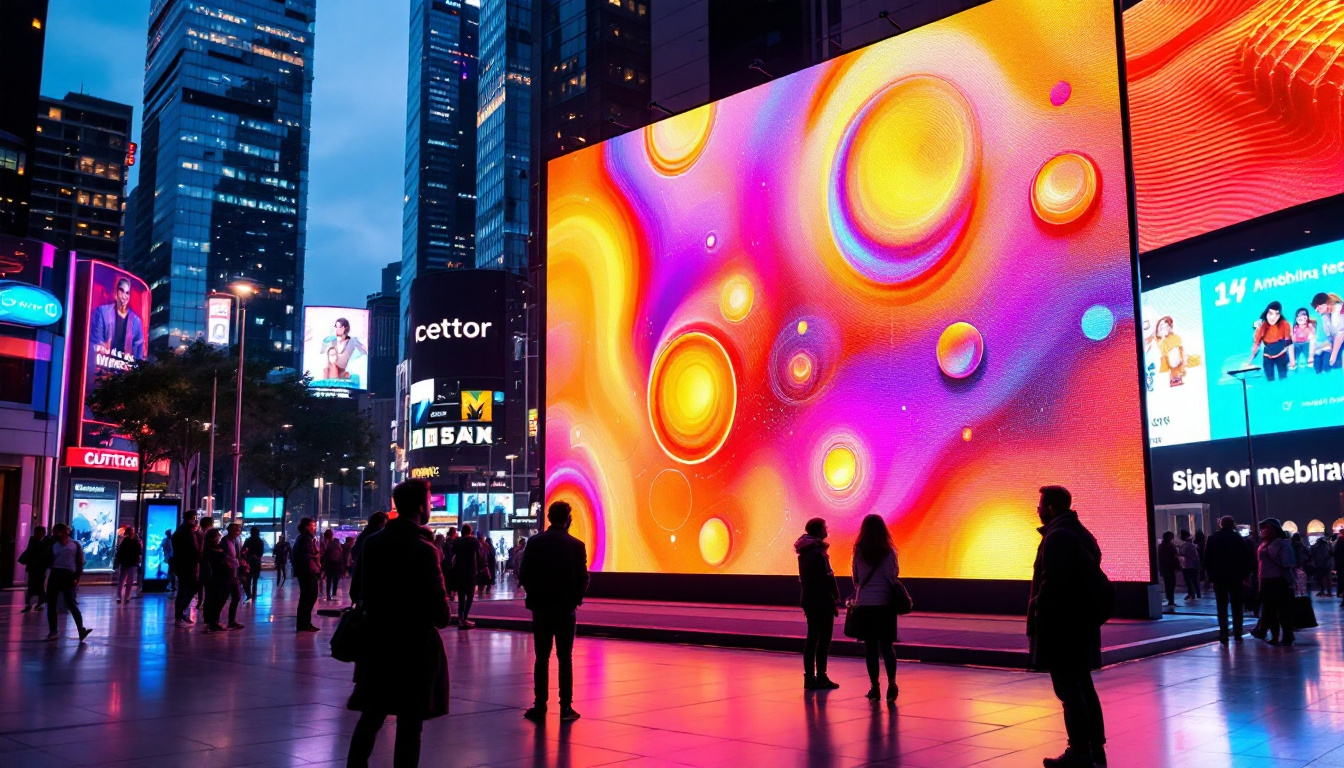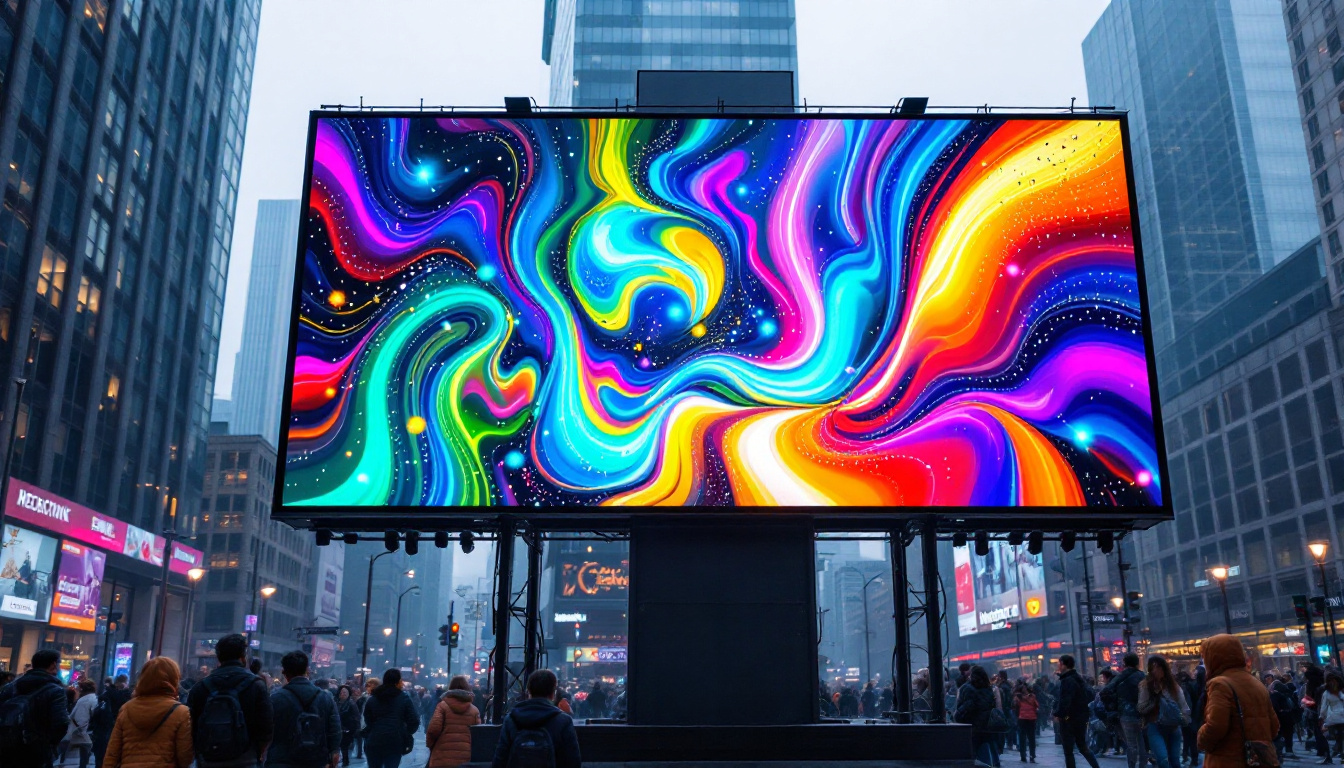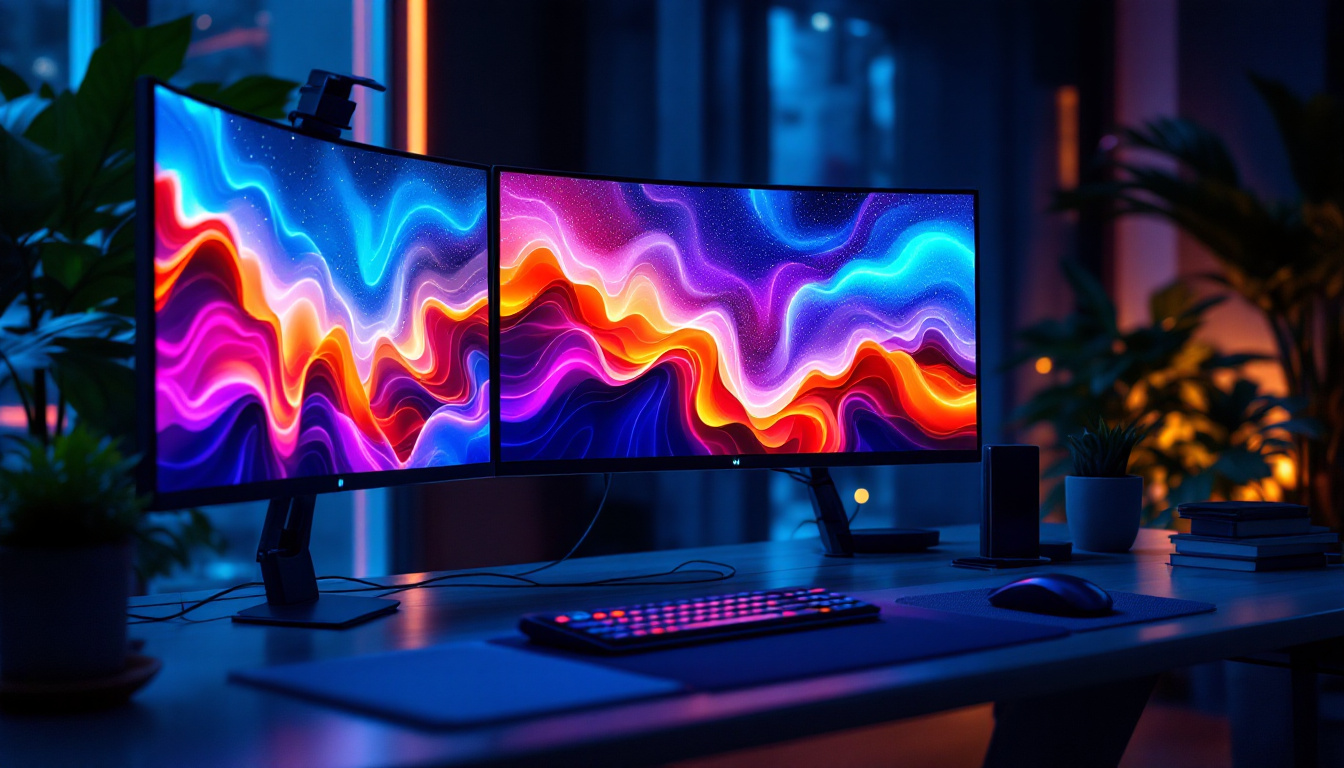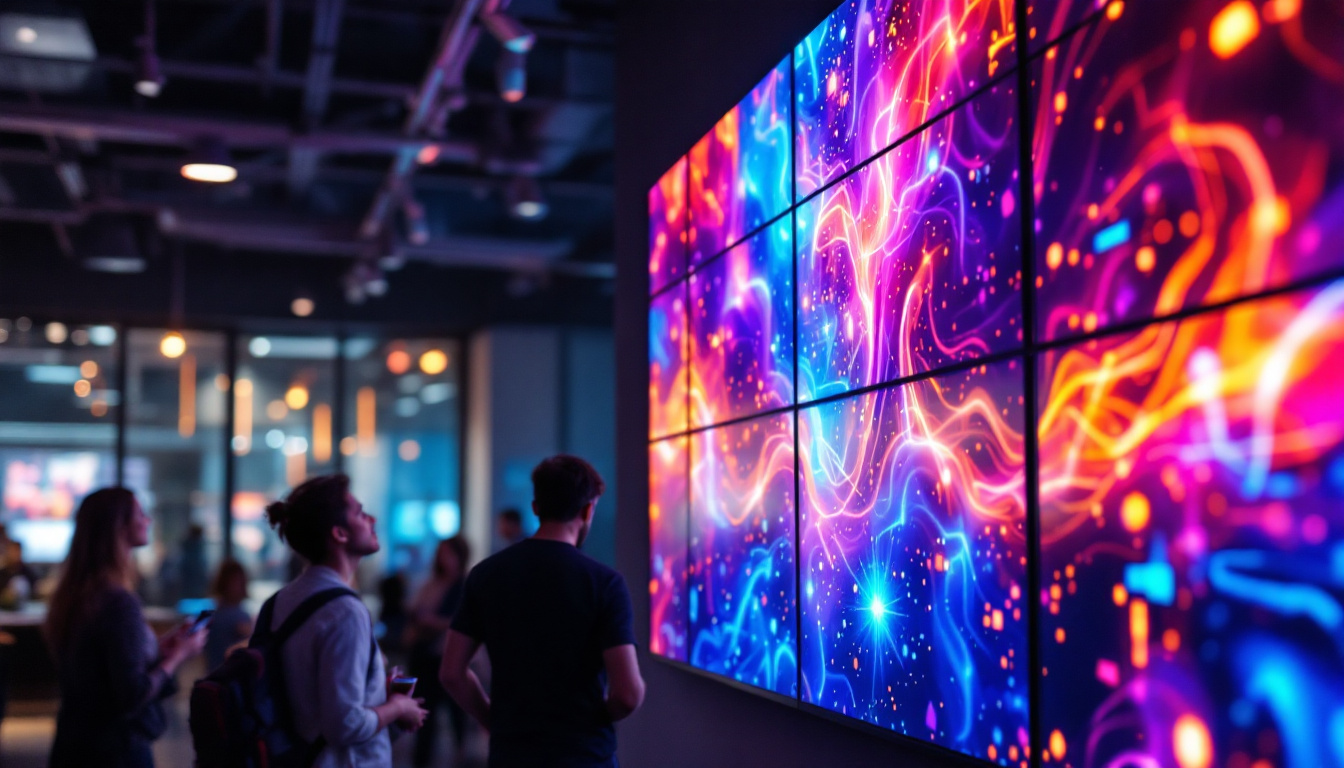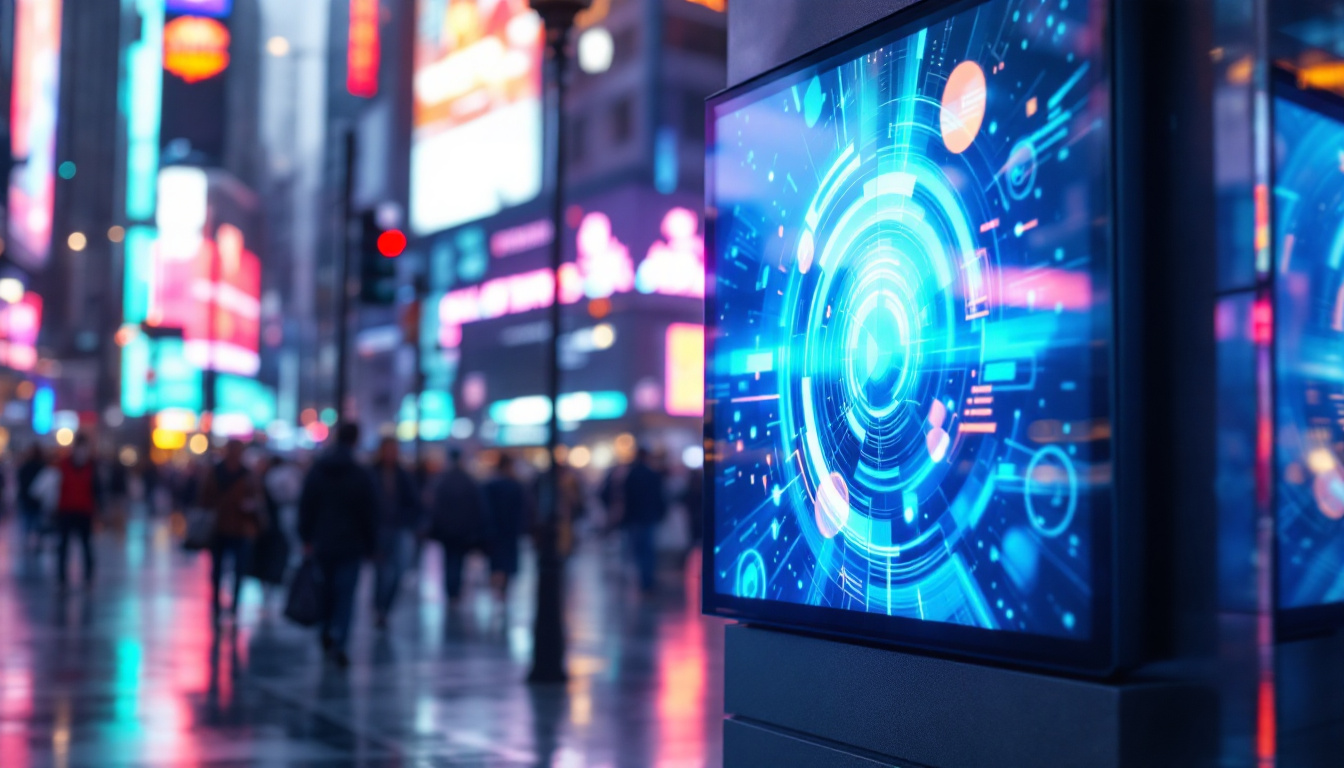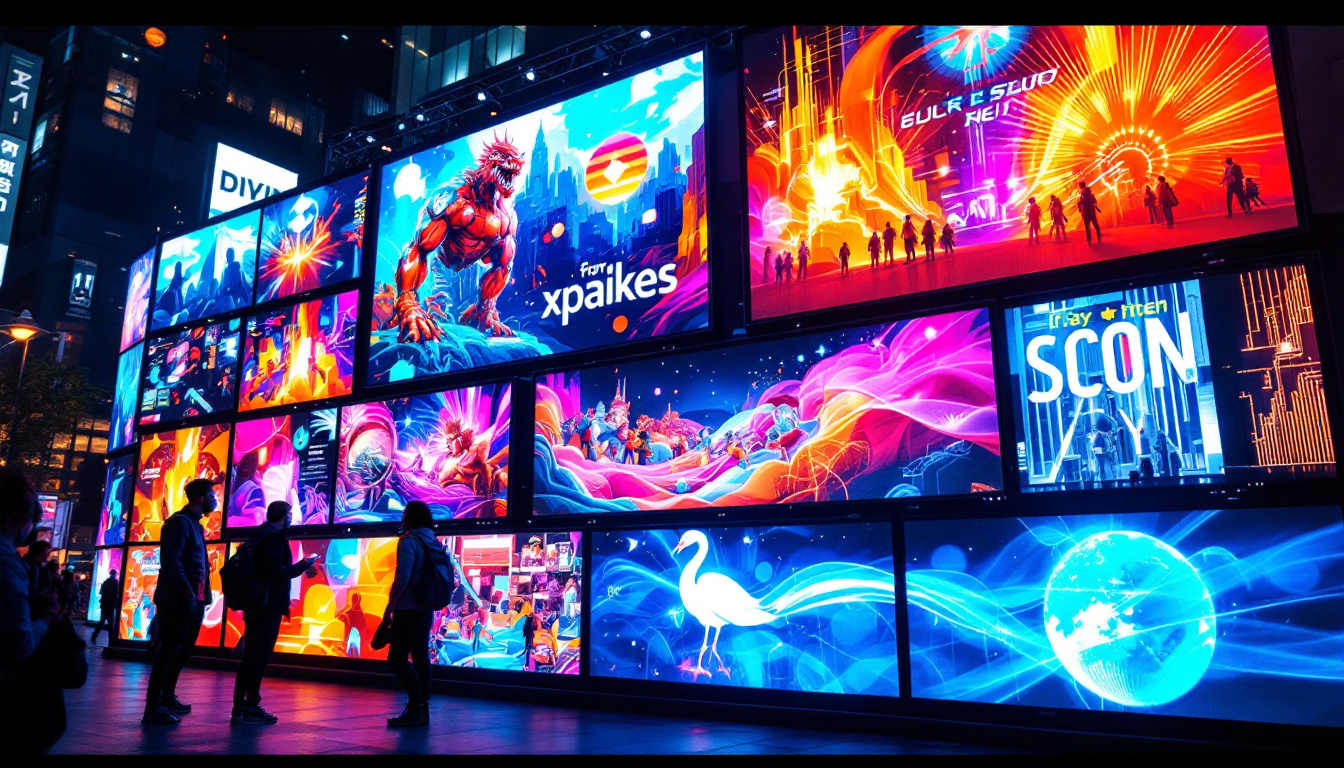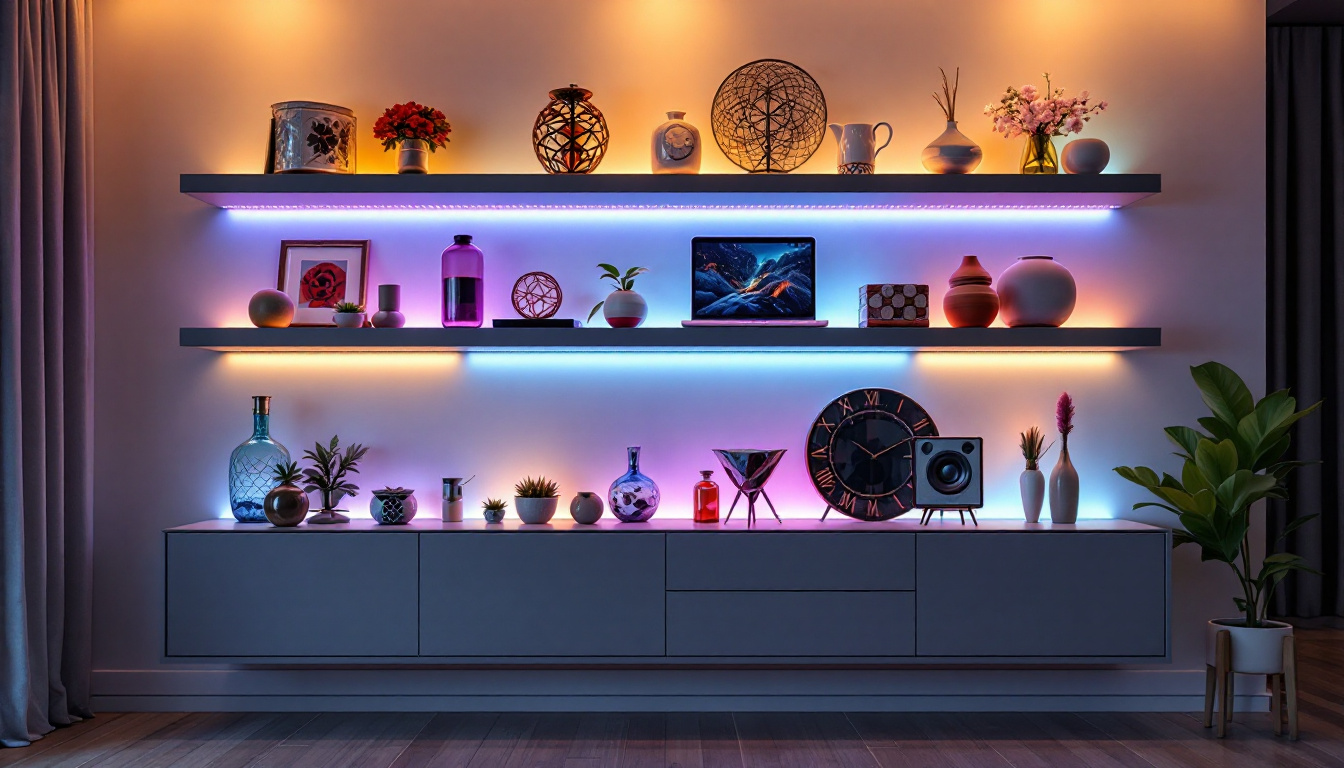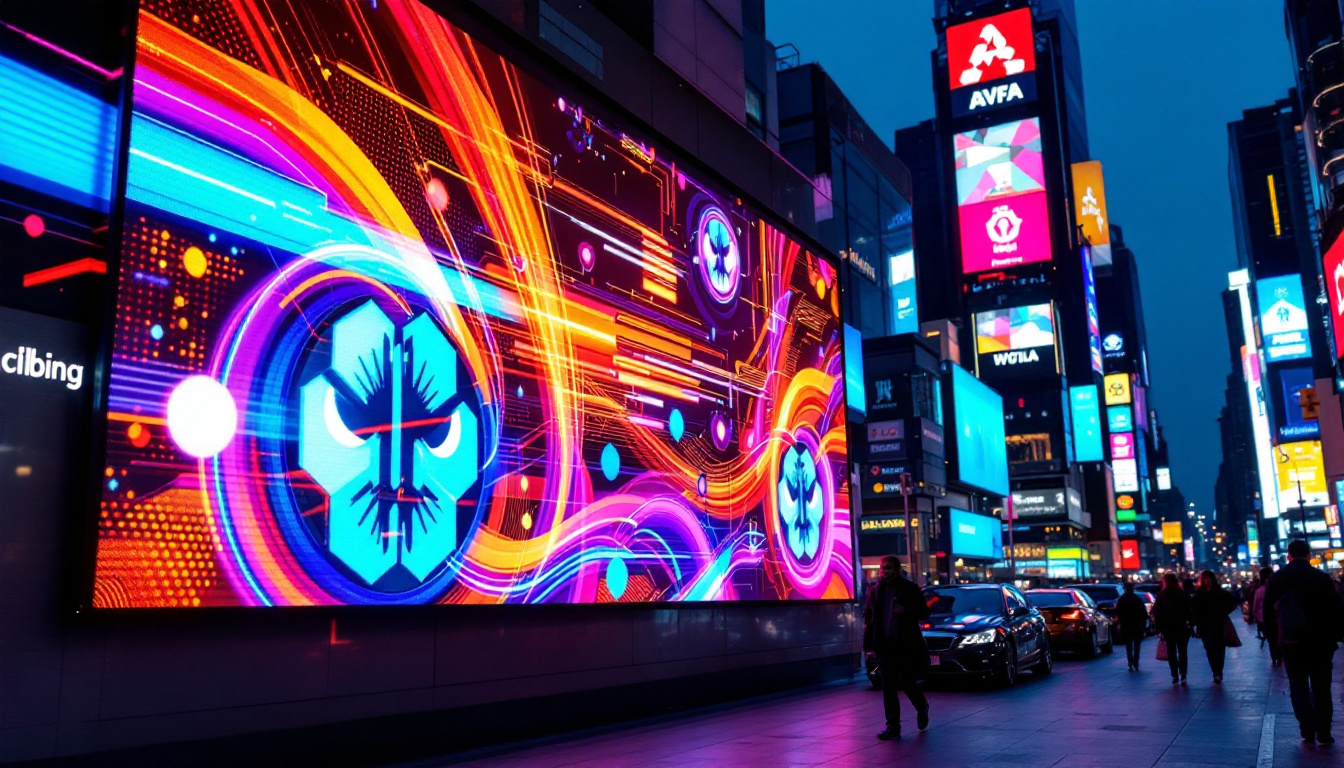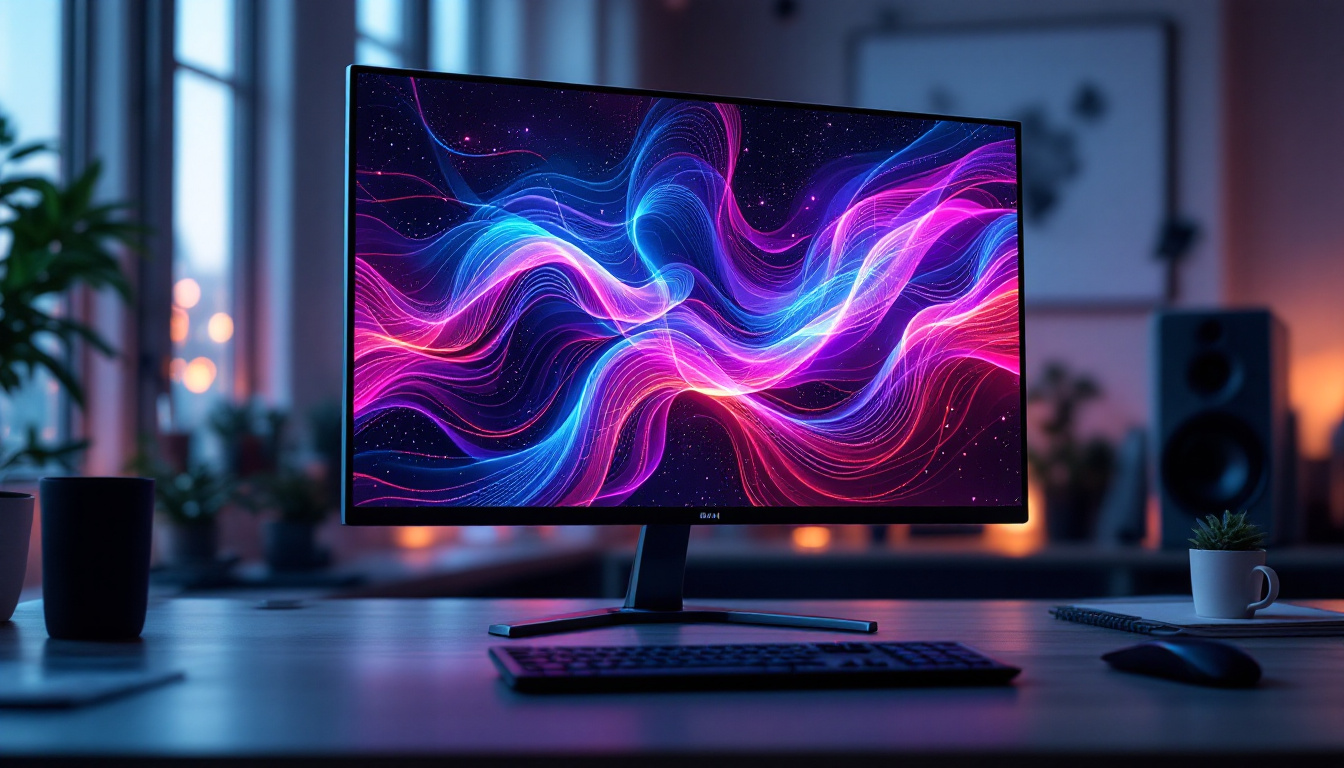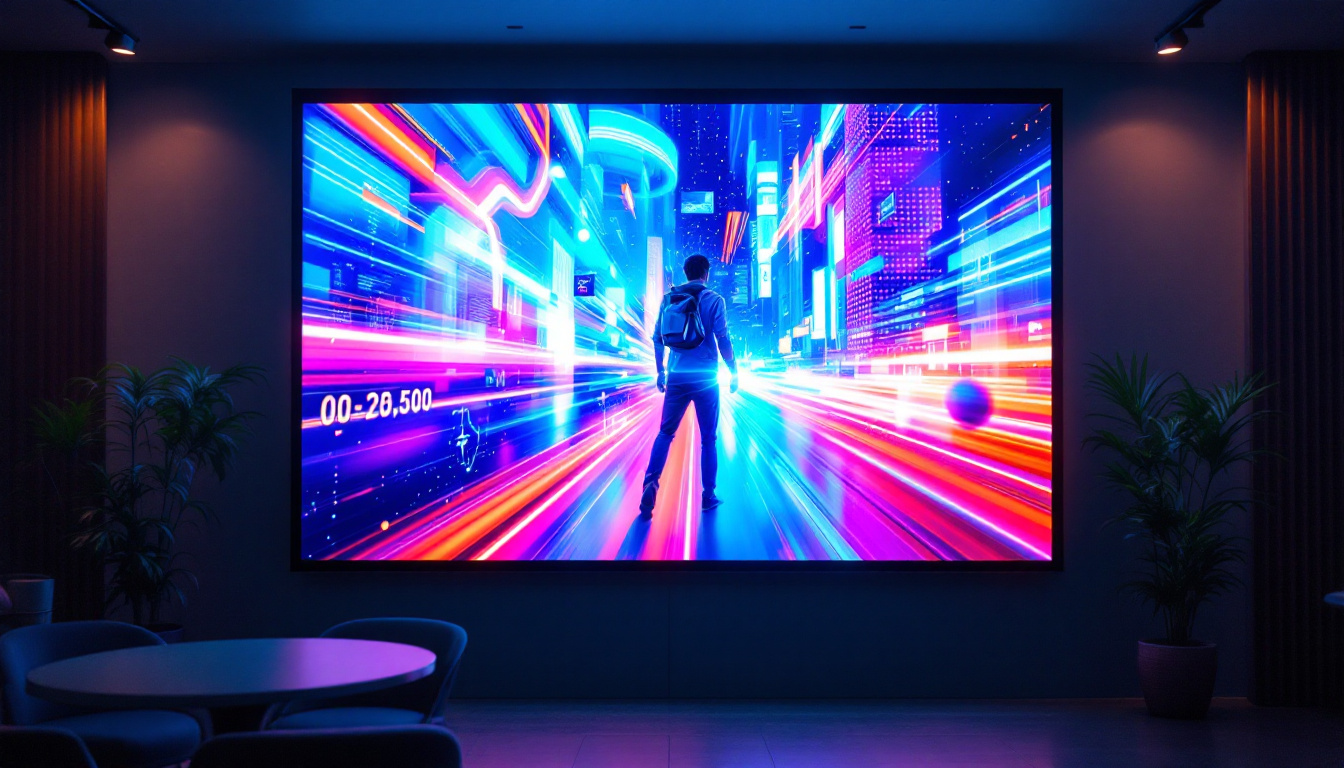In the world of modern display technology, LED (Light Emitting Diode) displays have revolutionized how images and videos are presented. One of the crucial components that contribute to the performance and quality of these displays is the panel backlight. Understanding how panel backlighting works is essential for anyone interested in technology, whether for personal use or professional applications. This article delves into the intricacies of LED displays, focusing on panel backlighting, its types, benefits, and the technology behind it.
Understanding LED Displays
LED displays utilize light-emitting diodes to produce images, offering vibrant colors and high contrast ratios. Unlike traditional LCD displays that rely on fluorescent backlighting, LED displays use a more efficient and compact lighting source. This technology has led to thinner screens, improved energy efficiency, and enhanced visual quality. The transition from older display technologies to LED has not only revolutionized the consumer electronics market but has also paved the way for innovative applications in advertising, signage, and even architectural design.
How LED Displays Function
At the core of an LED display is a matrix of tiny LEDs that emit light when an electric current passes through them. These LEDs can be arranged in various configurations, including RGB (Red, Green, Blue) combinations that create a full spectrum of colors. The ability to control each LED individually allows for precise image rendering, making LED displays ideal for everything from televisions to smartphones. This precision is particularly beneficial in applications requiring high levels of detail, such as medical imaging and graphic design, where color accuracy and clarity are paramount.
In an LED display, the backlight plays a pivotal role. It illuminates the liquid crystal layer, which modulates the light to create images. Without an effective backlight, the display would be dim and lack the vibrant colors that characterize high-quality screens. Recent advancements in backlighting technology, such as local dimming and quantum dot enhancements, have further improved the performance of LED displays, allowing for deeper blacks and brighter whites, which significantly enhances the viewing experience.
Types of LED Displays
LED displays can be categorized into several types based on their backlighting methods. The two primary types are edge-lit and direct-lit displays. Each has its unique advantages and disadvantages, influencing their performance and application. Understanding these differences is crucial for consumers and professionals alike when selecting the right display for their needs.
Edge-lit displays have LEDs positioned along the edges of the screen, allowing light to spread across the panel. This design enables thinner screens but can result in uneven lighting and lower contrast ratios. On the other hand, direct-lit displays have LEDs placed directly behind the screen, providing more uniform brightness and better color accuracy. However, this design often results in thicker displays. Additionally, there are newer technologies like Mini-LED and Micro-LED displays that push the boundaries even further, offering even greater control over lighting and color, thus providing an unparalleled viewing experience. These advancements are particularly exciting for the future of displays, as they promise to deliver even more immersive and lifelike visuals across various platforms, from home entertainment systems to professional-grade monitors.
The Role of Panel Backlighting
Panel backlighting is a critical component of LED displays, as it directly affects the brightness, contrast, and overall visual quality. The backlight illuminates the liquid crystals in the display, allowing them to control the light and create images. Understanding the different types of backlighting can help users make informed decisions when purchasing displays.
Edge-Lit vs. Direct-Lit Backlighting
As mentioned earlier, edge-lit and direct-lit backlighting are the two primary methods used in LED displays. Each method has its own set of characteristics that cater to different user needs.
Edge-lit backlighting is often favored for its slim design, making it a popular choice for modern televisions and monitors. It uses fewer LEDs, which can lead to lower manufacturing costs. However, the trade-off is that edge-lit displays may struggle with uniform brightness, particularly in larger screens.
Conversely, direct-lit backlighting offers superior brightness and color accuracy. With LEDs distributed across the entire panel, these displays can achieve higher contrast ratios and deeper blacks. This makes them ideal for applications where image quality is paramount, such as professional video editing or gaming.
Benefits of LED Backlighting
The advantages of LED backlighting extend beyond just improved image quality. LED technology is known for its energy efficiency, longevity, and environmental benefits.
One of the most significant benefits of LED backlighting is its energy efficiency. Compared to traditional fluorescent backlights, LEDs consume less power, which can lead to lower electricity bills and a reduced carbon footprint. Additionally, LED displays typically have a longer lifespan, often lasting tens of thousands of hours before dimming or failing.
Furthermore, LED technology is more environmentally friendly. Unlike some older display technologies, LEDs do not contain harmful substances like mercury, making them safer for both consumers and the environment.
Advancements in Panel Backlighting Technology
The field of panel backlighting technology is continuously evolving, with innovations aimed at enhancing performance and user experience. Recent advancements have led to improvements in color accuracy, brightness, and overall display quality.
Local Dimming Technology
One of the most notable advancements in LED backlighting is local dimming technology. This technique allows specific areas of the display to be dimmed or brightened independently, enhancing contrast and improving black levels. By selectively controlling the backlight, local dimming can produce deeper blacks and brighter highlights, significantly enhancing the viewing experience.
Local dimming is particularly beneficial for HDR (High Dynamic Range) content, where the difference between the darkest and brightest parts of an image is more pronounced. Displays with local dimming capabilities can better represent the full range of colors and brightness levels, making them ideal for cinematic experiences.
Quantum Dot Technology
Another exciting development in backlighting technology is the integration of quantum dot technology. Quantum dots are tiny semiconductor particles that emit specific colors when illuminated. When used in conjunction with LED backlighting, quantum dots can significantly enhance color accuracy and brightness.
By placing a layer of quantum dots in front of the LED backlight, manufacturers can create displays with a wider color gamut and improved color reproduction. This technology has gained traction in high-end televisions and monitors, where color fidelity is crucial for professional applications and immersive viewing experiences.
Choosing the Right Display for Your Needs
When selecting an LED display, understanding the nuances of panel backlighting can help consumers make informed choices based on their specific needs. Factors such as usage, environment, and budget should all be considered.
Consider Your Usage
The intended use of the display plays a significant role in the decision-making process. For general use, such as browsing the web or watching videos, an edge-lit display may suffice. However, for gaming or professional content creation, a direct-lit display with local dimming and high color accuracy would be more appropriate.
Additionally, consider the type of content that will be viewed most frequently. If HDR content is a priority, investing in a display with advanced backlighting technology, such as local dimming or quantum dots, can enhance the viewing experience.
Environment and Space Considerations
The environment in which the display will be used can also influence the choice of backlighting technology. In brightly lit rooms, a display with higher brightness levels and better contrast will perform better. Direct-lit displays typically excel in these conditions, providing the necessary brightness to combat ambient light.
Space constraints may also dictate the choice of display. If a slim profile is essential, edge-lit displays may be the best option, despite their potential drawbacks in uniformity and contrast.
Future Trends in LED Display Technology
The future of LED display technology is promising, with ongoing research and development aimed at enhancing performance and user experience. Emerging trends include advancements in mini-LED and micro-LED technologies, which could redefine the capabilities of LED displays.
Mini-LED Technology
Mini-LED technology involves using smaller LEDs for backlighting, allowing for more precise control over brightness and contrast. This technology can significantly improve local dimming capabilities, resulting in deeper blacks and brighter highlights. Mini-LED displays are expected to bridge the gap between traditional LED and OLED displays, offering a compelling option for consumers seeking high-quality visuals without the drawbacks of OLED.
Micro-LED Technology
Micro-LED technology takes things a step further by utilizing individual micro-sized LEDs to create images. This approach eliminates the need for a separate backlight, as each pixel emits its own light. Micro-LED displays promise unparalleled color accuracy, brightness, and contrast, making them a potential game-changer in the display market.
While still in its infancy, micro-LED technology holds the promise of revolutionizing how displays are designed and manufactured, paving the way for thinner, lighter, and more efficient screens.
Conclusion
Panel backlighting is a fundamental aspect of LED display technology that significantly impacts image quality, brightness, and energy efficiency. Understanding the various types of backlighting, such as edge-lit and direct-lit, as well as advancements like local dimming and quantum dots, can empower consumers to make informed decisions when purchasing displays.
As technology continues to evolve, exciting developments such as mini-LED and micro-LED are set to redefine the landscape of LED displays. By staying informed about these advancements, consumers can ensure they choose displays that meet their needs and provide an exceptional viewing experience.
In an era where visual quality is paramount, the importance of panel backlighting cannot be overstated. Whether for entertainment, professional use, or everyday tasks, understanding this technology is key to appreciating the brilliance of modern displays.
Discover LumenMatrix’s Advanced LED Display Solutions
Ready to experience the future of display technology? LumenMatrix is at the forefront of innovation, offering a wide array of LED display solutions that bring your visual communications to life. From captivating Indoor LED Walls to dynamic Outdoor LED Displays, and from versatile Vehicle LED Displays to engaging LED Sports and Floor Displays, our products are designed to captivate your audience. Embrace the revolution in visual storytelling with our Custom, All-in-One, and Transparent LED Displays. Elevate your brand’s visibility and create unforgettable experiences with LumenMatrix. Check out LumenMatrix LED Display Solutions today and transform your space into a canvas of vibrant imagery.


